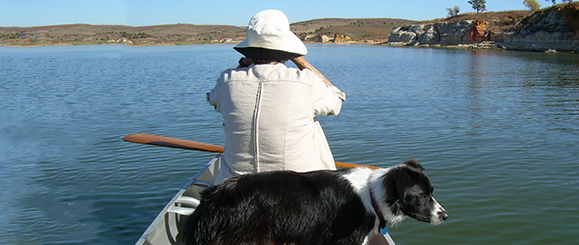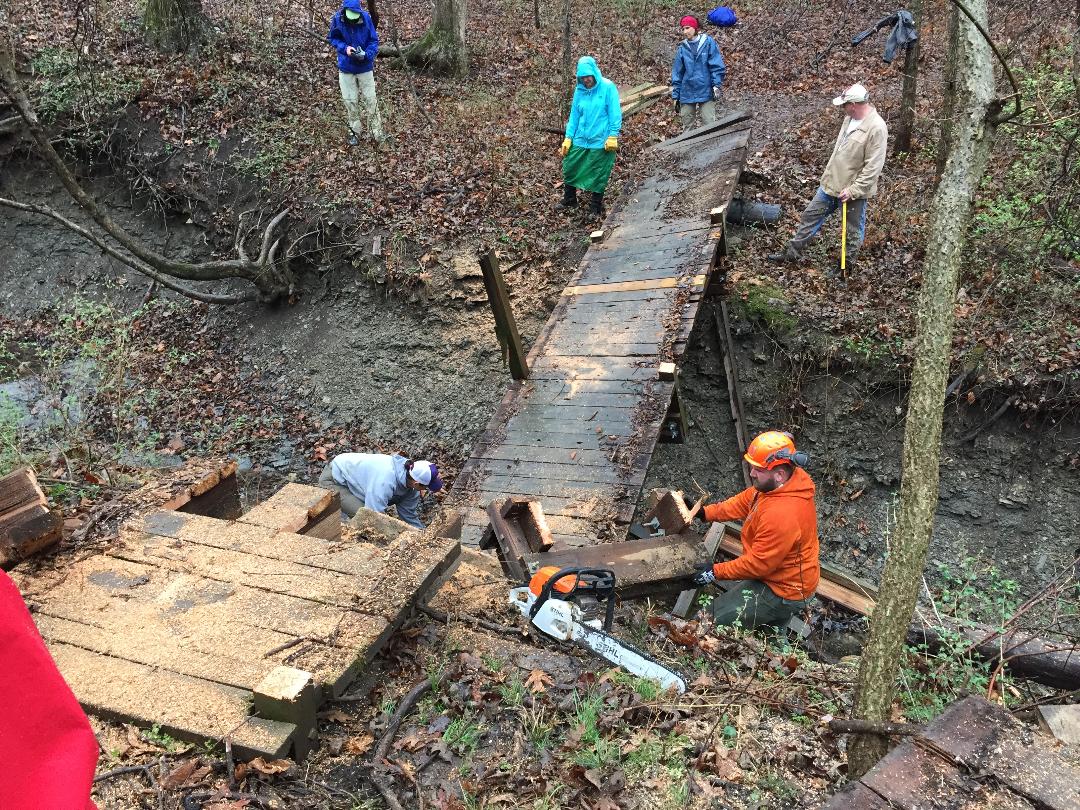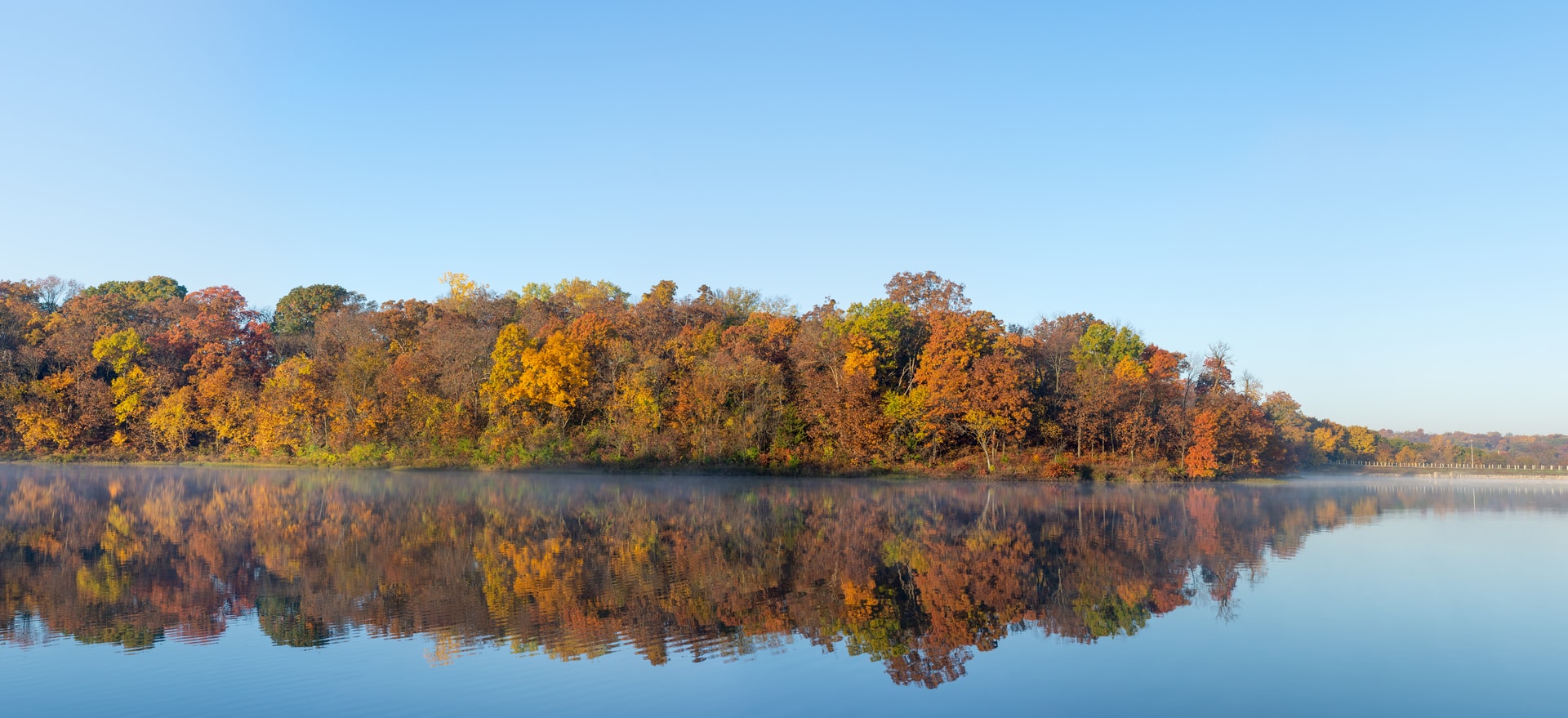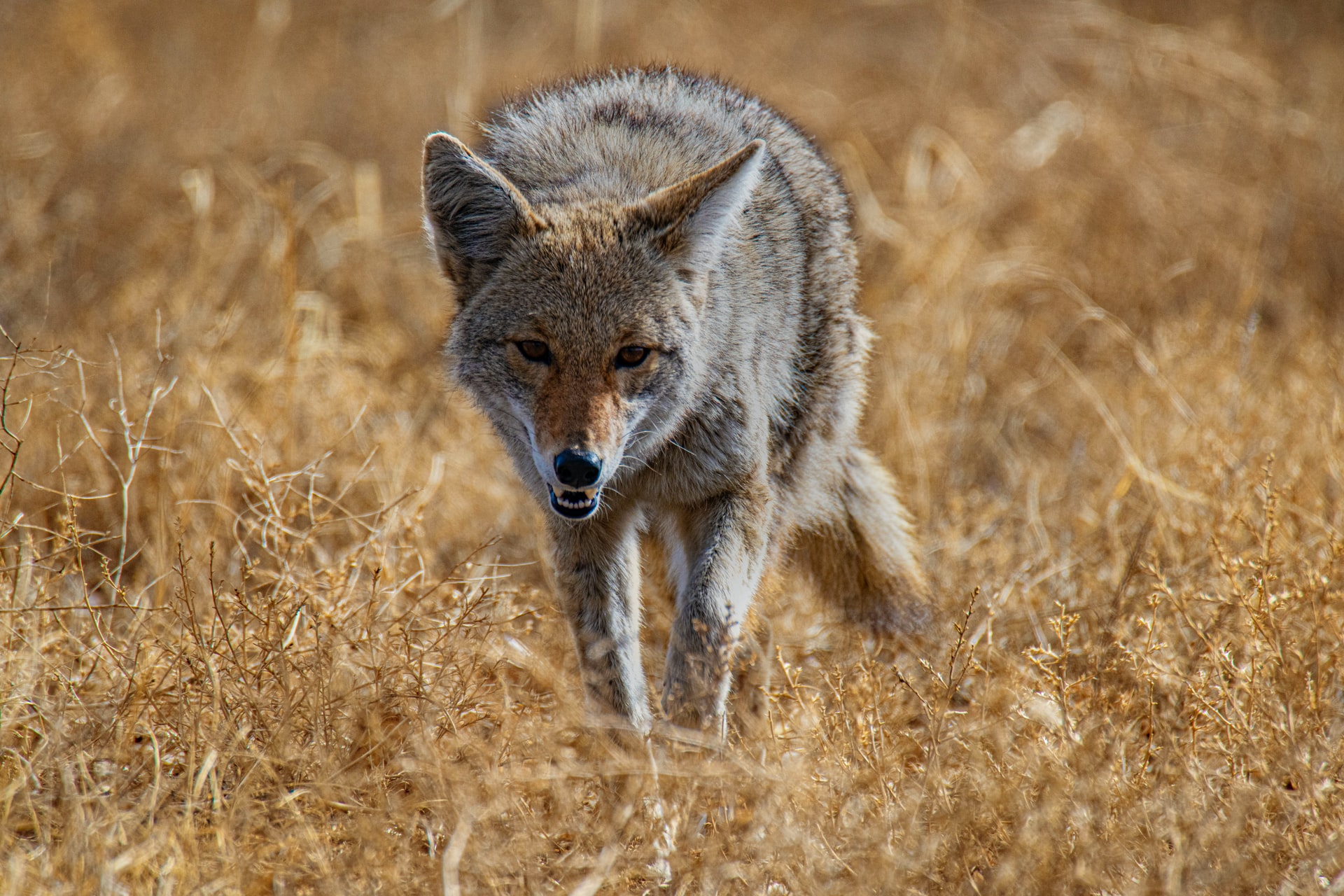
Photo of Elaine Giessel and Holly
Our Wild America: Lands, Water and Wildlife
Lands, Water, and Wildlife Issues
Elaine Giessel
Contact Elaine
Sierra Club's Our Wild America campaign, which combats both the biodiversity and climate crises, is dedicated to protecting our lands, water and wildlife, to increasing equitable access to the outdoors, and to keeping fossil fuels in the ground. Under the Lands, Water and Wildlife program, healthy habitat is conserved.
The Biden administration and Sierra Club both support protecting 30% of our lands and waters by 2030 (30x30), including parks, wildlands, and green space in our neighborhoods. With so little public land in Kansas, it will be impossible to set aside 30%, but we still try to protect “Wild Kansas.”
The effort to protect 30x30 must include communities who have historically been left behind in conservation work. Communities with the least access to the outdoors and green spaces have disproportionately faced the most extreme effects of climate change.
Lands

Photo by Steve Hassler, Kanza Group
Public land in Kansas is a rarity; less than 2% is accessible for public recreation. Most lands have been converted to intensive agricultural operations, the development of which has resulted in destruction of virtually all the original tall grass prairies, as well as critical inland wetlands. Habitat conservation efforts by private landowners are encouraged through incentives provided by the State and Federal government agencies. Because they were unplowable, riparian woodlands have survived in the wetter eastern half of Kansas. Many popular trail systems have been developed along wooded streamways in urban population centers. Here's what we're doing to protect our land resources.
- The Kansas Chapter and its Groups across the State support public access to and recreational opportunities for all Kansans. Sierra Club members can borrow outings equipment from a Gear Library.
- Each issue of Waypoints, our monthly newsletter, includes a “Featured Waypoint” to inform readers of exceptional places to visit in Kansas.
- Local groups maintain and improve public trail systems and access to green space.
- The Southwind Group is collaborating with city staff and local officials to develop a tree conservation plan that will provide relief from a warming climate and provide habitat for wildlife.
- The Chapter Zero Waste Committee works to raise public awareness about the dangerous proliferation of plastic waste which contaminates our lands and waters, and advocates for restrictions on single-use plastics at the local and state level.
- The Chapter succeeded in lobbying legislators to uphold the Governor's veto of a bill that prohibited local entities from implementing restrictions on single-use plastics.
Water

Photo by Benjamin White on Unsplash
The Kansas Chapter recognizes that the management of our water resources is critical to environmental, social and economic sustainability. The threats to our water resources in Kansas are many. Depletion of the High Plains aquifer is ongoing; voluntary attempts to reduce pumping have had mixed the results. It is estimated that the fossil waters being mined by irrigators in western Kansas to grow corn and soybeans and to water livestock will be economically depleted by the middle of the century. As the water table drops, water quality deteriorates and the loss of baseflow causes associated surface streams to dry up. Dependable clean water for wildlife habitat disappears. Nutrient loading of phosphorus and nitrogen from agricultural operations is polluting surface waters, contributing to toxic harmful algal blooms in warm weather. Sources of drinking water are impacted, potentially contributing to affordability issues for low income households and water quality for those on domestic wells. Here's what we've done to protect our water resources.
- Participated in development of the “Water Vision” for Kansas, specifically noting omission of climate change and protection of aquatic habitat.
- Submitted comments on the Kansas Water Plan, again noting focus on economics and little mention of habitat conservation.
- Lobbied for legislation to keep our water resources sustainable.
- Filed a lawsuit against the Kansas Department of Health and the Environment (KDHE) to protect watersheds from effluent from Concentrated Animal Feeding Operations.
- Participated in a PFAS working group with KDHE.
- Collaborated with Friends of the Kaw to stop sand dredging in the Kansas River
- Helped host a nationwide EPA hearing in 2019 on defining “Waters of the U.S.”
About Waters of the United States | US EPA
The Importance of Water
Kansas Aquifer Depletion
Wetlands
Wildlife

Photo of coyote by mana5280 on Unsplash
Most Kansas land and waters have been modified significantly for the benefit of an agriculture-based economy. Since virtually all land is privately held, landowners are ultimately responsible for voluntarily maintaining healthy wildlife habitat. Kansas Department of Wildlife and Parks (KDWP), a cabinet-level agency with a Secretary and a bipartisan Commission appointed by the Governor, is charged with managing outdoor recreation and fish and wildlife resources and habitats. Federal and State laws provide some protection for species facing extinction due to habitat losses. KDWP is responsible for producing State Wildlife Action Plans (SWAP) to help conserve wildlife and critical habitat. Given the condition of Kansas waterways, aquatic organisms are often the most vulnerable.
Here's what we're doing to protect our wildlife resources.
- Representing Sierra Club on the Kansas Non-game Wildlife Advisory Council to the Secretary of Kansas Department of Wildlife and Parks.
- Submitting comments on the KDWP State Wildlife Action Plan (SWAP), which provides a comprehensive vision for managing fish, wildlife and habitat.
- Developing a specific policy on hunting coyotes at night with high tech gear. (link)
- Participating in efforts to conserve the monarch butterfly, red-belly snake, box turtles and prairie dogs.
- Collaborating with national Sierra Club’s Environmental Law Program to protect the Endangered Species Act
Wildlife Conservation - Wildlife & Habitats (KDWP)
Kansas State Wildlife Plans (KDWP)